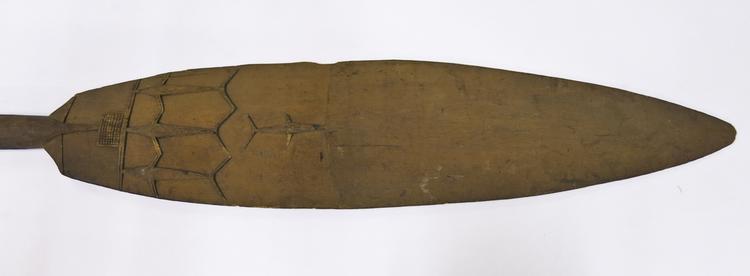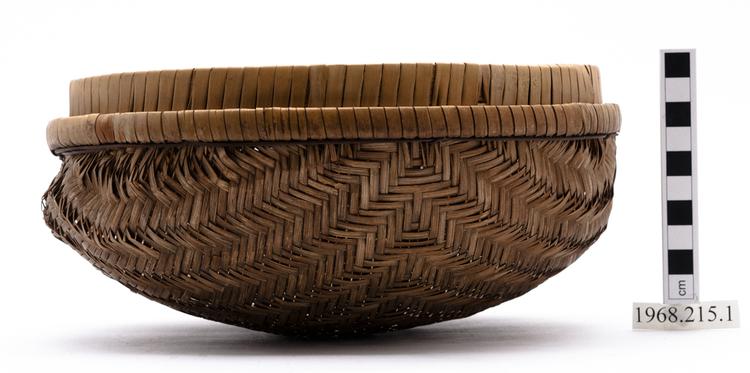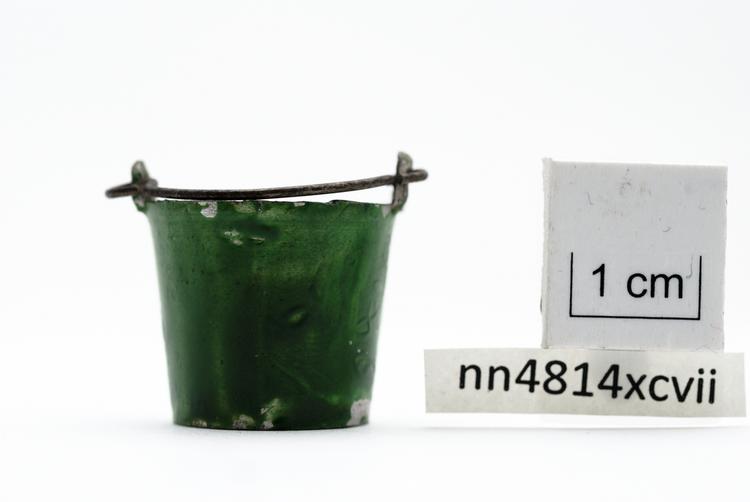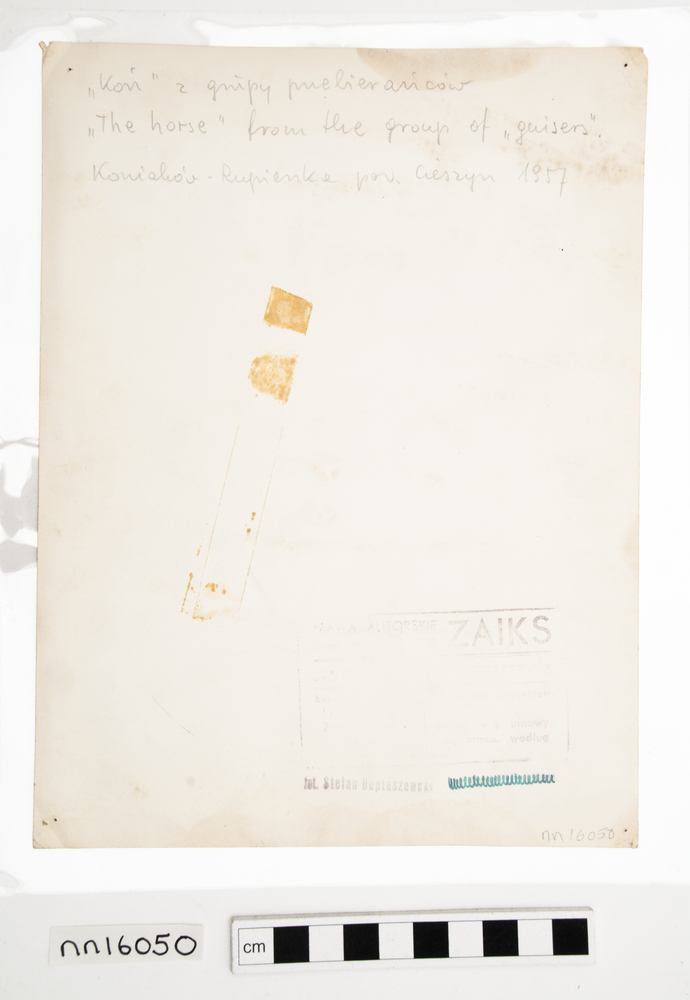





Wooden paddle with a tapering shaft and lanceolate blade, which features a raised longitudinal ridge on one side and another on the other side terminating in four stylized bonito fish, three facing the butt and one toward the tip.
Paddle, Santa Cruz Group, Solomon Islands, Central Melanesia The Santa Cruz islanders of the southernmost Solomon Islands were considerable voyagers, and travelled throughout the Solomons, Vanuatu and elsewhere. Their outrigger canoes were traditionally somewhat shorter than those of the central and northern Solomons, at some 8-10 m with a crew of two or three, although their war-canoes were up to 20m long. Their paddles are distinctive for a number of reasons: the handles are generally shorter than northern Solomons paddle handles, with a proportionately larger blade. This reflects a more physical kind of paddling, and a lower seating-position in the canoe. The engraved fish images depict bonito, a relative of the tuna which is the most highly prized fish taken by the Santa Cruz islanders, as it is throughout much of the Pacific. Bonito fishing was a complex undertaking fraught with magical dangers, and men expended great energy, and underwent various kinds of abstinence, to ensure that the bonito fishing would go well. The bonito was not just ‘good to eat’; it was also ‘good to think’, and this fast, beautiful predatory fish was a powerful symbol of the kind of chiefly warrior that the Santa Cruz islanders admired. Wood. Late 19th Century. Provenance unknown.
fighting






